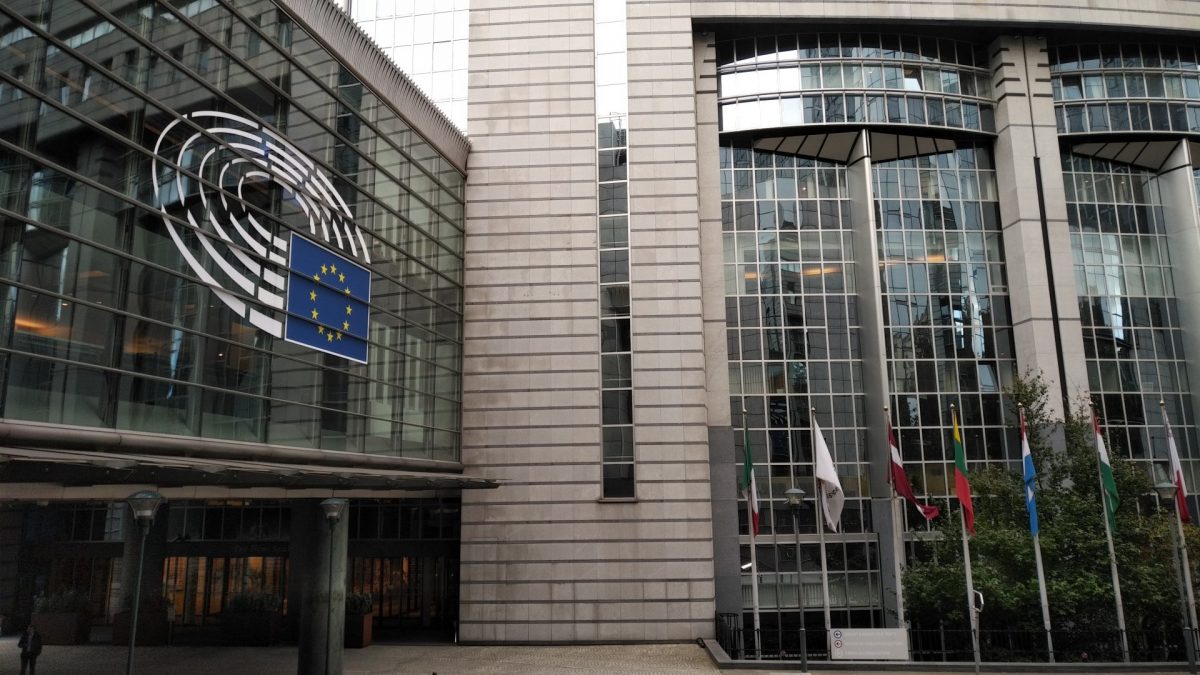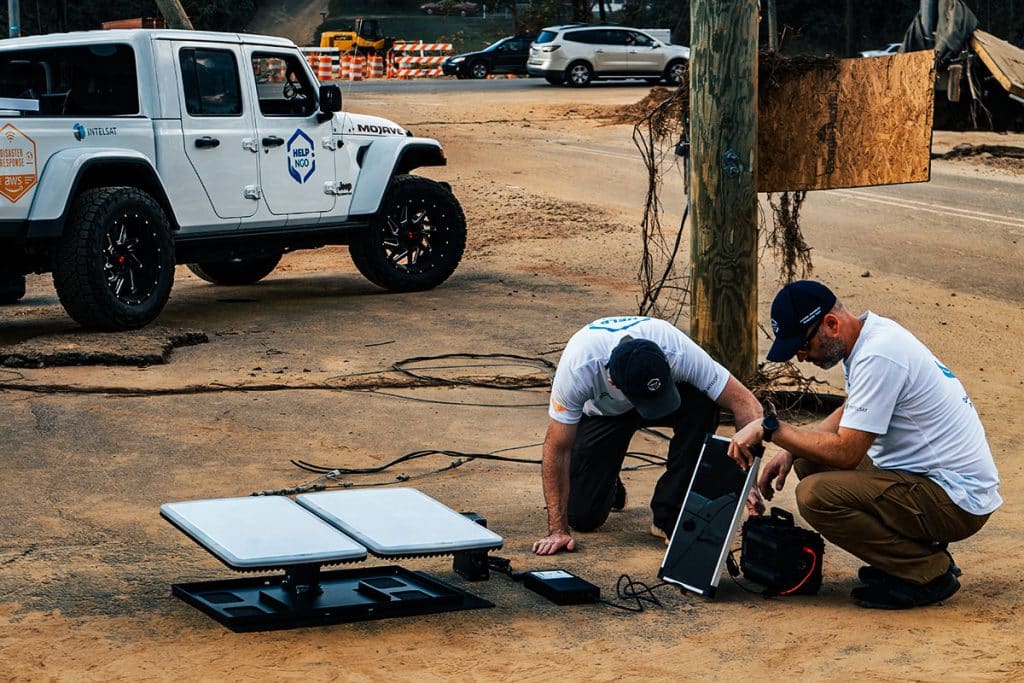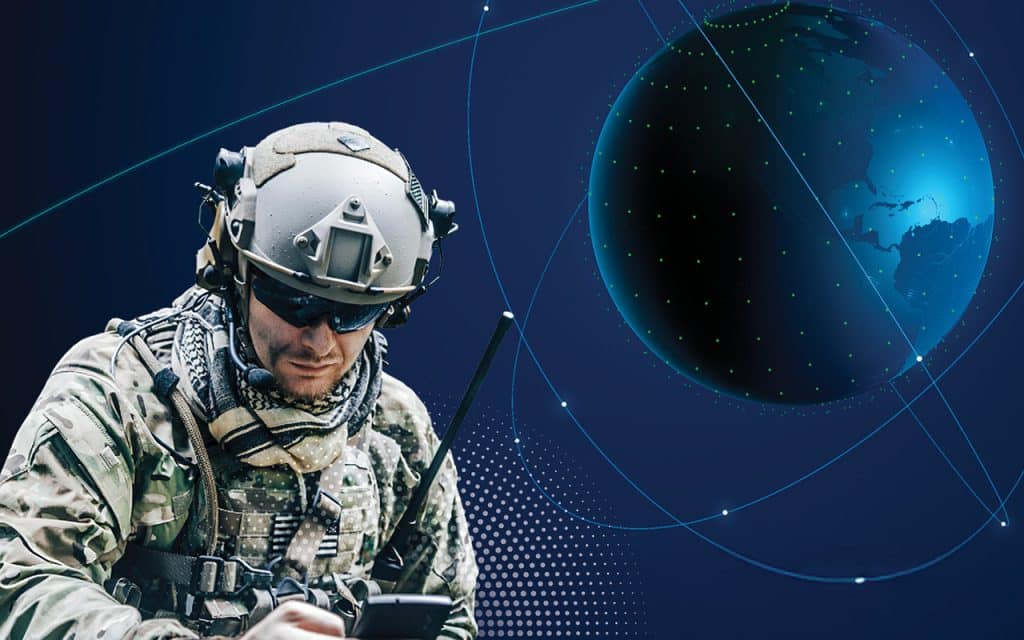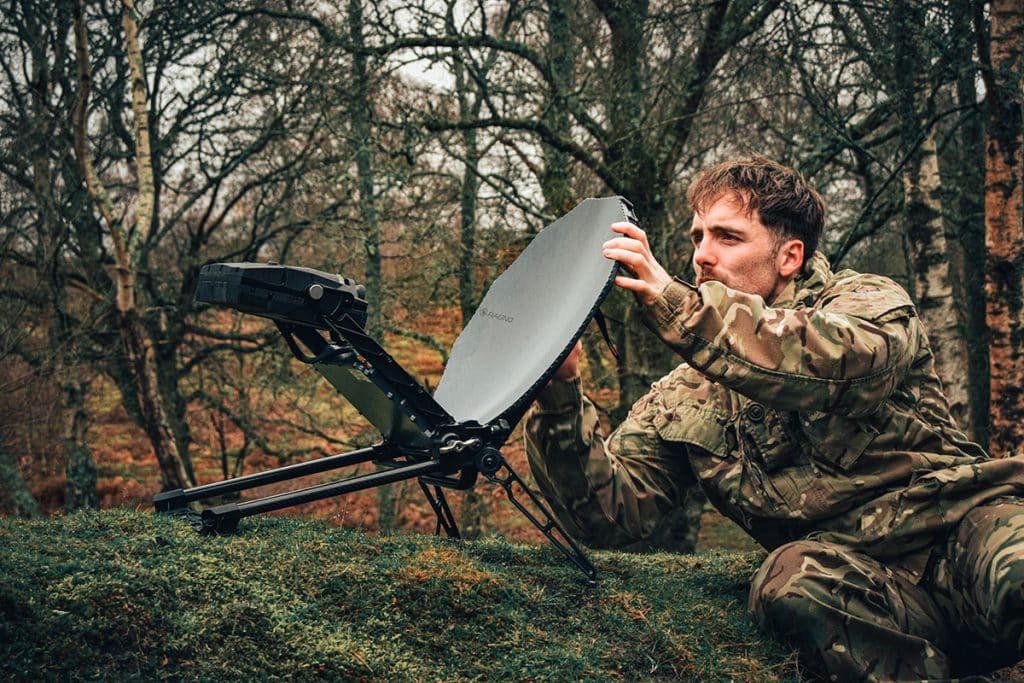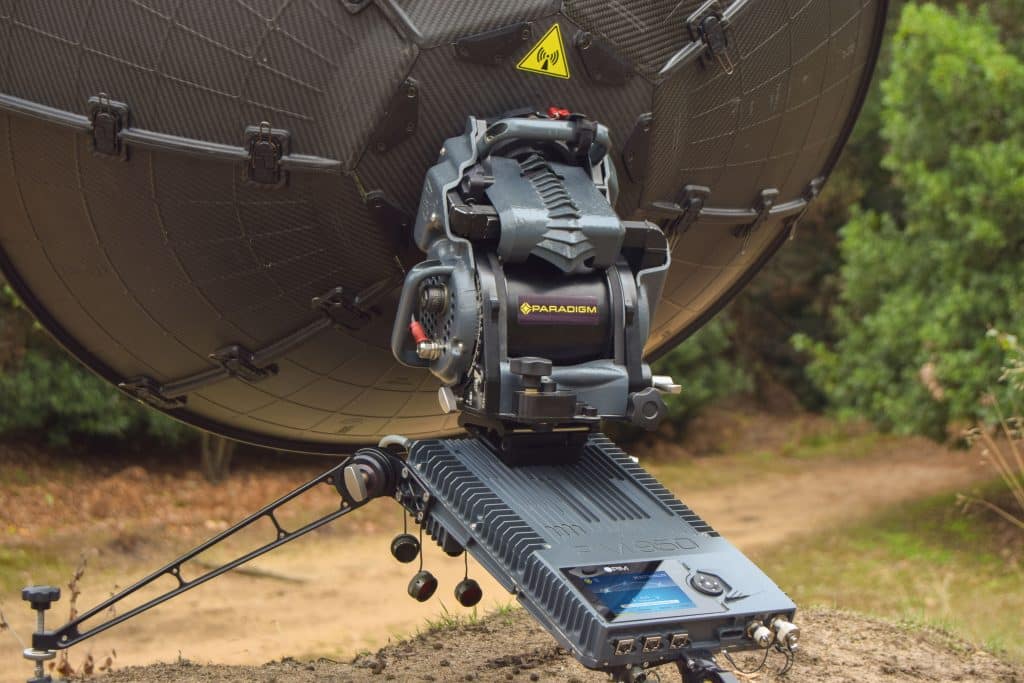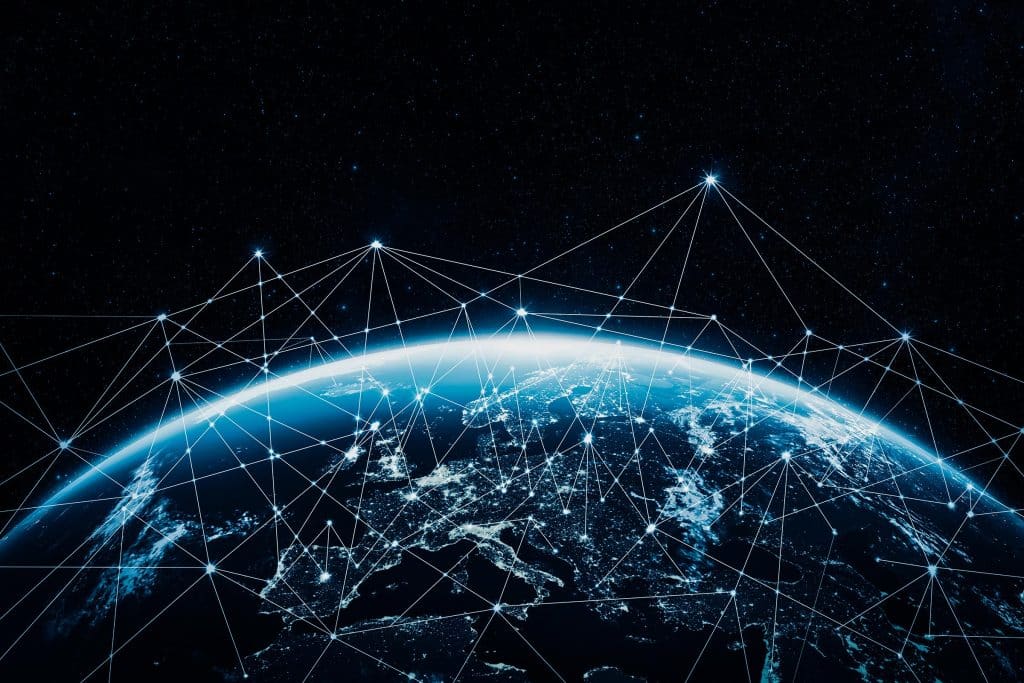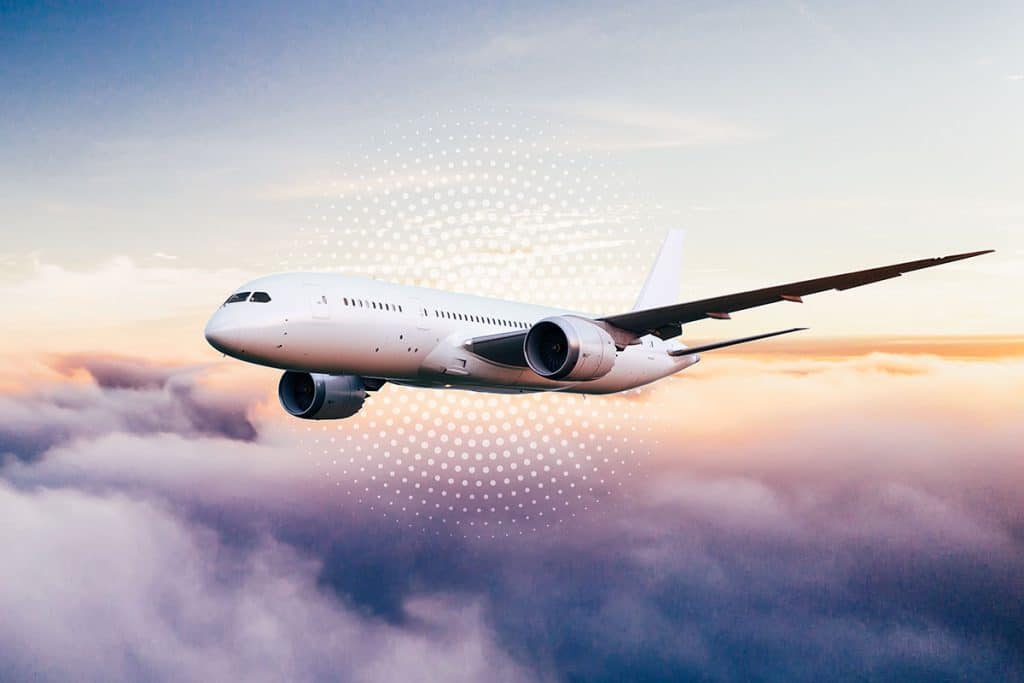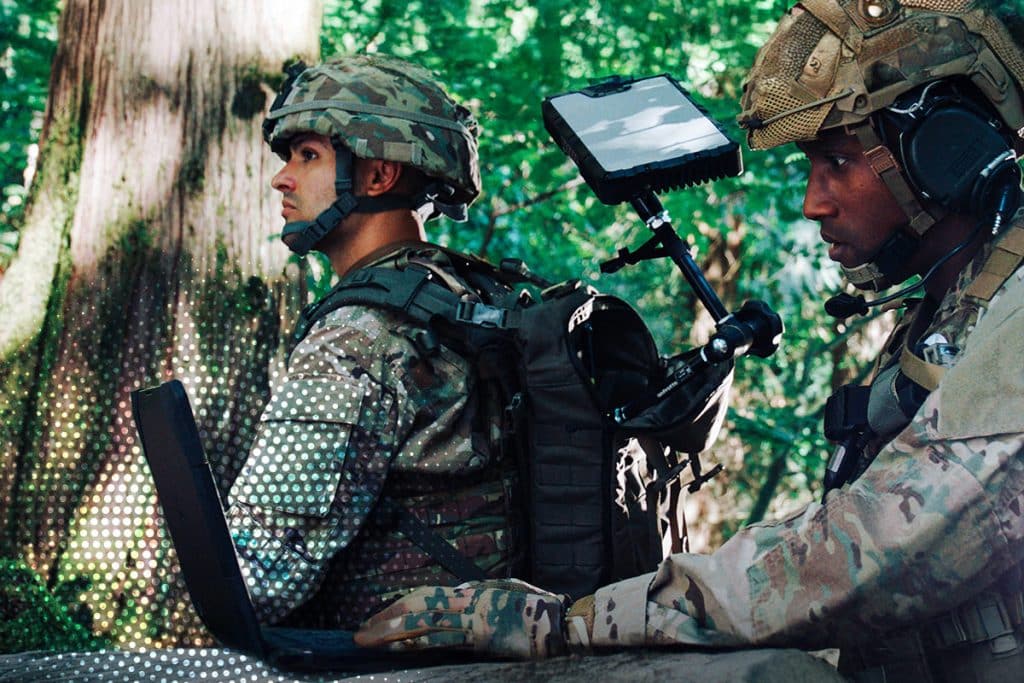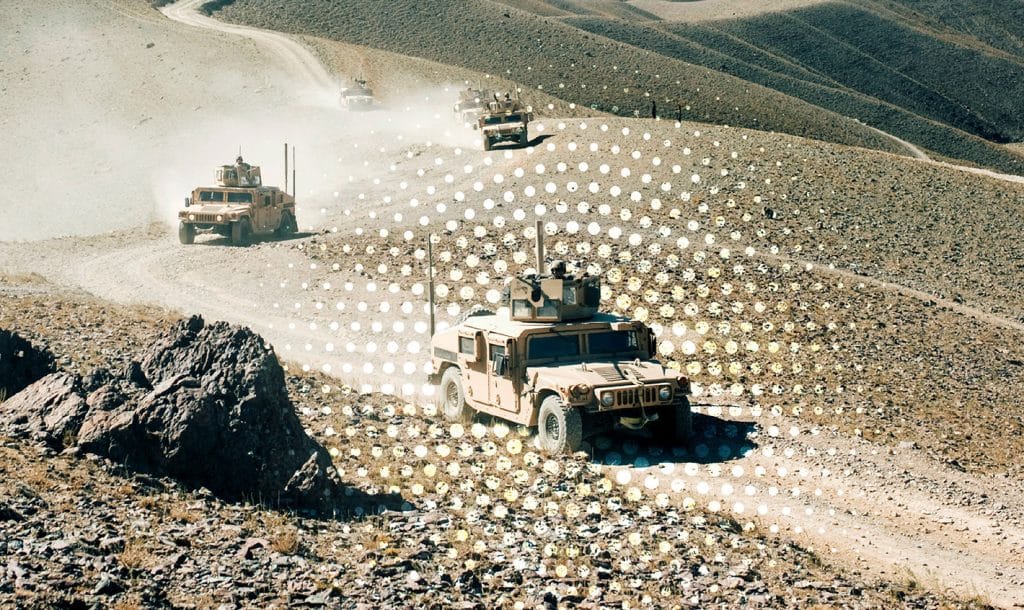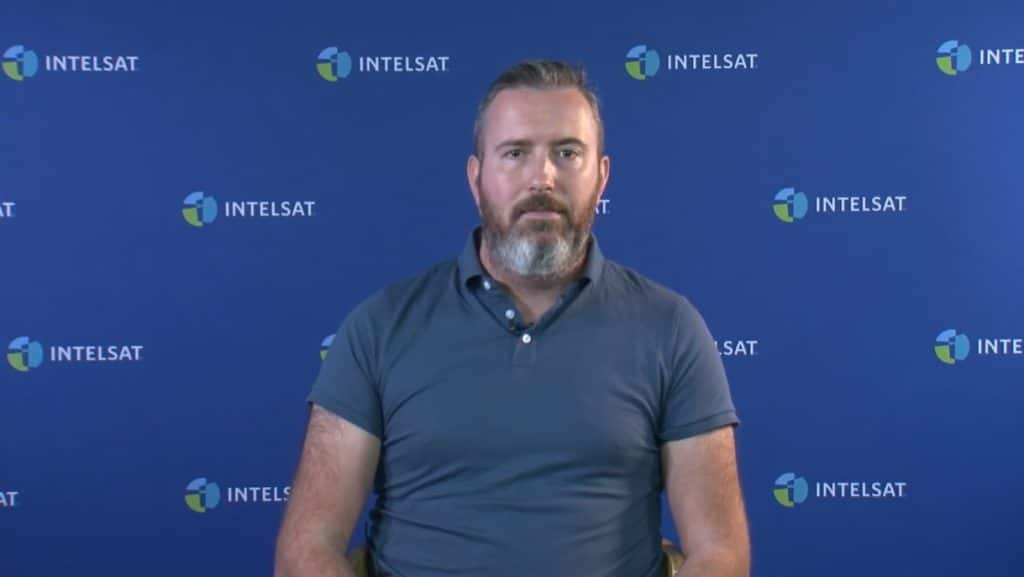Global Government solutions in Europe
Intelsat welcomes the opportunity to comment on this roadmap as the operator of the world’s largest integrated satellite constellation and ground network, which draws on a diverse global supply chain.
The European Commission rightly recognizes in its Industrial Strategy that European defence and space sectors are essential for Europe’s future, but that the fragmentation of the defence industry puts into question Europe’s ability to build the next generation of critical defence capabilities. Moreover, the EU’s future industrial and digital leadership will rely on a well-developed and competitive space industry: 5G and pan-EU data spaces cannot be truly realised without the global connectivity infrastructure offered by the satellite communications industry.
Intelsat looks forward to continuing to work with the European Commission as the latter evaluates its different programmes in the civil, defence and space issues, and helping to foster new and existing synergies and cross-fertilisation in EU programmes. From the outset we welcomed the recognition of the interplay between space and defence through the creation of the DG for Defence Industry and Space (DEFIS), which is a productive step towards identifying and creating these synergies.
Satellite in civil and defence applications
Maintaining an open, best-in-class approach to technology investments or key suppliers ensures solutions for end users are benefiting from the reach and scale of an international organisation, to deliver tailored services locally. As a global GEO satellite operator, Intelsat’s operational and contractual scope includes launchers, in-orbit life extension of assets, teleports, terrestrial fibre and networks, operations and customer-support centres and remote customer equipment, for commercial, civilian government and defence end users.
Many technologies are dual-use, at the simplest level. For example, when Intelsat promoted testing and integration of portable manpack VSAT (very small aperture) terminals such as Satcube, it enabled and stimulated the growth of that company’s COTS (commercial off the shelf) product, which is now being extensively used by deployed defence operations.
The EU has a diverse and well-funded R&D landscape and a lower TRL (technology readiness level) investment approach. This can produce individual hardware or standalone software innovation, but does not readily translate into a wider system-of-systems implementation or recognize that most real-world implementations are iterative and continuous, not programmatic or stand-alone.
For example, in the case of the most developed dual-use space-based technology GEO satellites:
- Satellite operators co-exist in a global licensing and regulatory framework
- Operators move assets in orbit in response to end of life, demand, restoration
- Operators have (large) contracts with each other
- Large operators participate in NATO NIAG programmes, EU and EDA RFIs for future government satcoms services
- Operators all have ground segment as well as space ecosystems
- Operators all operate hosted or tailored payloads
“Space” to a satellite operator is the environment, with a global technology ecosystem, to build systems of systems. Testing of new hardware, user applications and network innovation is a continuous activity of replenishment and upgrade.
The EU paper “Strategic Research and Innovation Agenda for EU-funded Space Research Supporting Competitiveness” reflects this need for an integrated approach, with acknowledgement of the need for end-to-send systems, ground segment, as well as the ‘space’ component, and should be reflected in the upcoming Action Plan.
Another strategic EU priority is supporting start-ups and SMEs in the space and defence industry, including upskilling. Satellite operators compete, but also collaborate to deliver assured resilient services. The focus of operators is generally not specifically on STEM (science, technology, engineering and mathematics) or low TRL engineering, but rather on strategic investments in companies to enable key solutions to be developed. The Action Plan should recognize this trend and propose partnerships with industry that will boost European capabilities.
For example, Intelsat has been supporting European businesses through joint ventures and agreements, for example with, an innovative antenna manufacturer, to provide Communications-On-The-Move solutions, and the ESA ARTES INDIGO Project. By partnering with hardware producers and other types technology companies to enable connectivity projects, companies like Intelsat can stimulate the European space and defence market.
Recommendations
The Roadmap rightly recognises that “money is not enough” and that specific challenges faced by the defence and space industries need to be overcome, including long development cycles, restricted markets depending strongly on governmental customers and fragmentation of markets along national lines, among other considerations.
Intelsat would offer the following recommendations to address these issues:
1. Future of connectivity and satellites
Innovative technological developments, such as secure and ubiquitous 5G, connected cars, connected cities, AI and IoT will greatly rely on satellite connectivity. Satellite communications will increasingly be characterised by key trends such as lower cost, easier launch, higher throughput and better antennas. EU projects should take greater advantage of available satellite services, and policymakers should partner with industry to ensure the required availability and diversity of connectivity solutions.
2. Competitive marketplace
A strong and innovative European space industry with autonomous, reliable and cost-effective access to space cannot be built by relying on a limited set of assets and should therefore make full use of available competitive and diversified solutions. Security standards and a sound system for accrediting suppliers will be key in building the European space market.
Overhauling the procurement market rules through, for example, limiting “non-European” technologies under the GOVSATCOM element of the EU Space Programme will not be effective in achieving this objective. Policymakers should instead review public procurement rules to ensure they require the highest possible security standards, and take a more flexible approach on what constitutes “supporting European R&D”, with criteria to include both where the work takes place and/or where value is generated for that project or service.
3. EU funding
To access EU funding requires a commitment to find and track initiatives happening across multiple different agencies, portals and websites, which can present a logistical challenge to organisation whose primary mode of operation is not based on public funding, but around an existing business plan. To maintain and optimise access to a diverse international market, simplification of alerts and tracking of initiatives would increase engagement.
Framework contracts for space should also be used more systematically, rather than depending too much on per-project funding, as this helps to make the qualification stages quicker and more straightforward.






